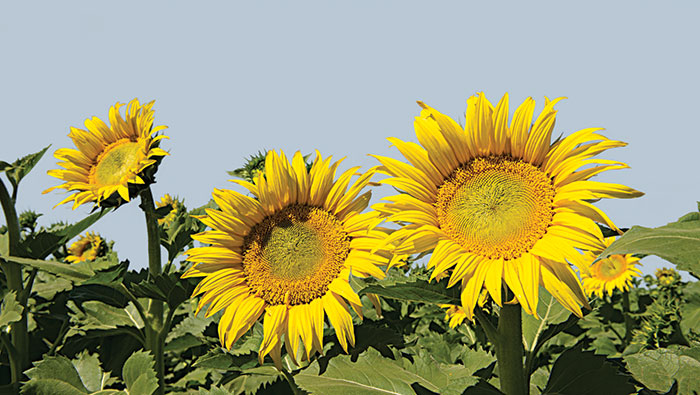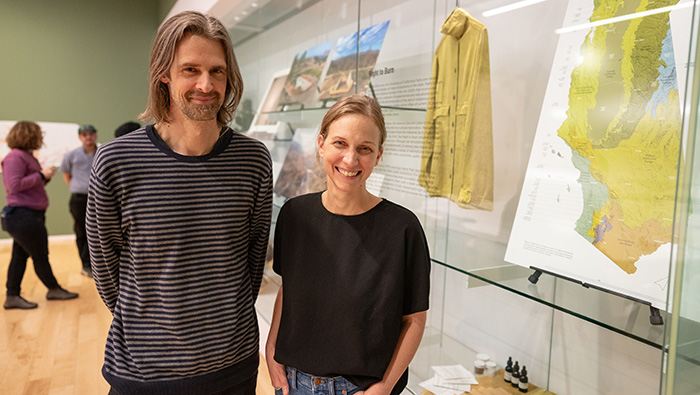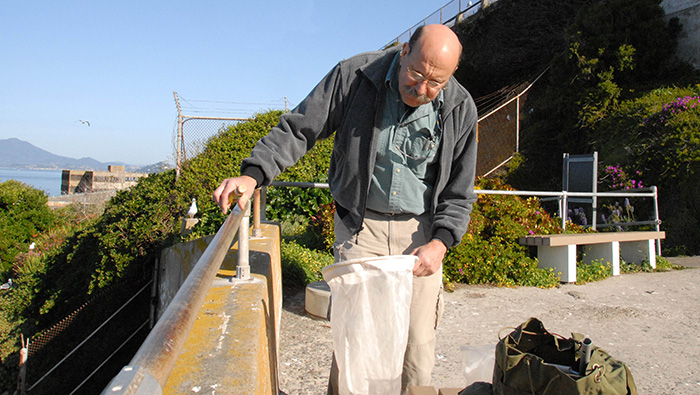
Under the Sun
Like clockwork, the sun rises in the east and sets in the west — and sunflowers mimic this pattern. They attentively face the east at dawn and follow the movement of the sun until dusk. Through the night, sunflowers turn to face eastward as though they anticipate the sun’s daily movements.
“It turns out that these plants are very clever,” said Stacey Harmer, a professor of plant biology at UC Davis. She studies the circadian rhythms of plants in her lab, using model plants such as Arabidopsis thaliana and, of course, sunflowers.
Why follow the sun?
Sunflowers actually have very compelling reasons to follow the sun. Warmer flower heads attract more bees, and more bees allow efficient plant reproduction. Nicky Creux, a former postdoc in Harmer’s lab, conducted a study to prove this point.
Creux reoriented a multitude of sunflower pots so that some were facing east and others were facing west. Results showed that the east-facing flowers had larger diameters, meaning that they had larger seeds on their heads. She also found that more bees visited the east-facing flowers.
“Bees prefer warmer flowers, which is why they prefer east-facing heads,” Harmer said. “East-facing flowers seem to be related to reproductive success.”
Circadian rhythms affect flower development
Harmer’s lab also does research on the circadian rhythm’s role in flower development. Veronica Thompson, a graduate student in Harmer’s lab, uses her knowledge of circadian rhythms to study the development of sunflower florets (the small flowers within the heads of sunflowers).
“What looks like one flower is actually thousands of individual flowers crammed up into one small head,” Harmer explained. “For example, if you think about a sunflower seed, every seed comes from a single flower.”
Through her research, Thompson discovered that the florets on the heads of sunflowers all develop in a daily pattern. This results in a simultaneous release of pollen, increasing the chances that the sunflower will interact with bees and other pollinators.
Further research
Scientists still have much to learn about the circadian rhythms of sunflowers: For example, how do sunflowers know what direction to bend toward? How do they time their movements correctly? These are questions that Harmer’s lab continues to explore.
“They’re mysterious plants, but we enjoy learning about them and their interactions with the environment,” Harmer said.









